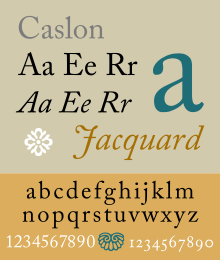
In the days of printing with metal type sorts, it was common to rotate letters and digits 180° to create new symbols. This was a cheap way to extend the alphabet that didn't require purchasing or cutting custom sorts. The method was used for example with the Palaeotype alphabet, the International Phonetic Alphabet, the Fraser script, and for some mathematical symbols. Perhaps the earliest instance of this that is still in use is turned e for schwa.
In the eighteenth-century Caslon metal fonts, the British pound sign (£) was set with a rotated italic uppercase J.[1]
- ^ Howes, Justin (2000). "Caslon's punches and matrices". Matrix. 20: 1–7.